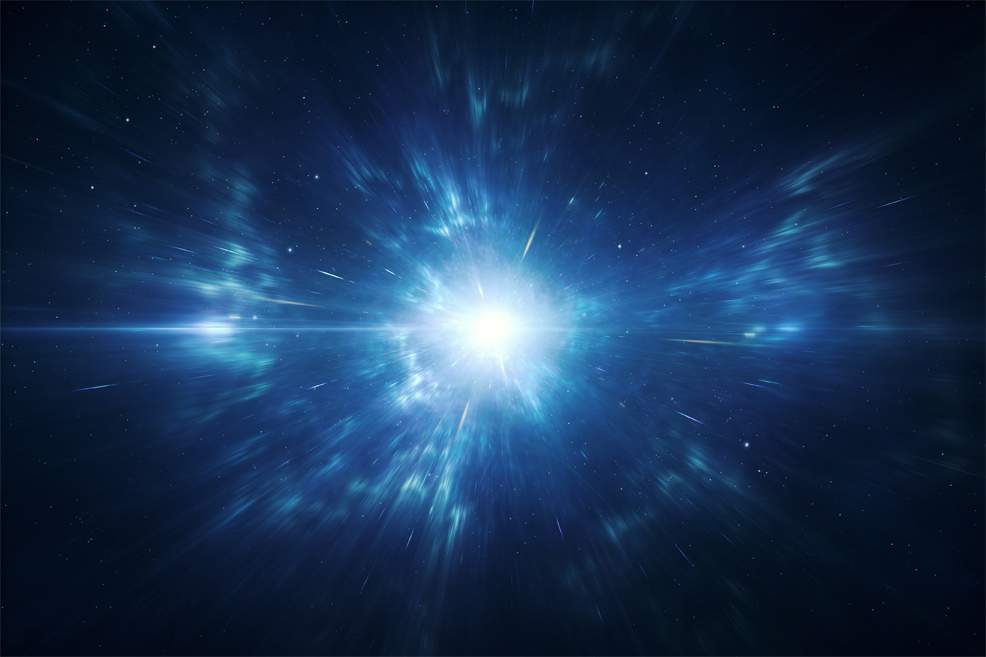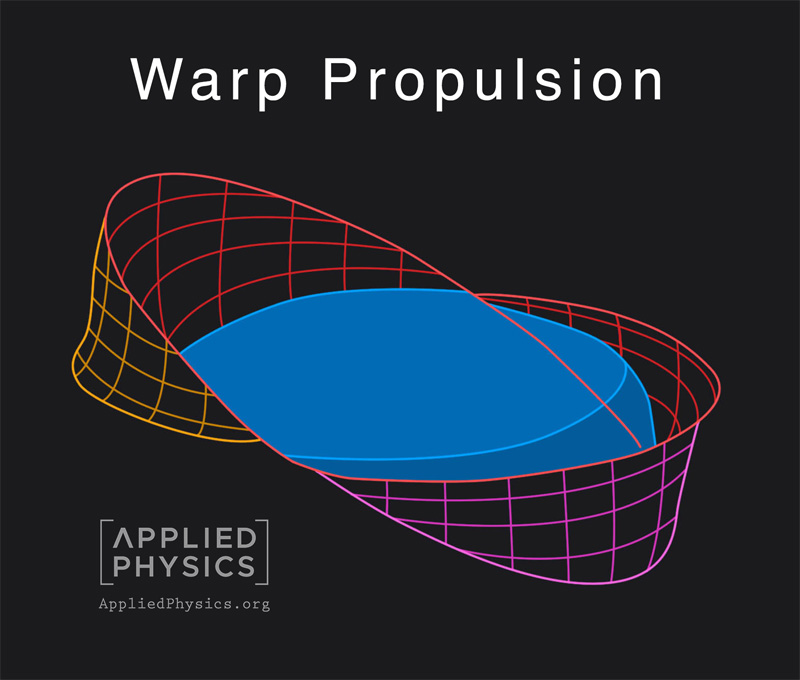
17th March 2021 First model of physical warp drives A theoretical way to create a sub-light warp drive has been described that does not require negative mass. This could enable fast travel through our Solar System and onwards to distant star systems.
Applied Physics, founded in 2019 and headquartered in New York, is an independent group of scientists, engineers, and inventors that advises companies and governments on science and technology for both humanitarian and commercial applications. Researchers from the organisation have announced the first model of physical warp drives, which demonstrates how the sci-fi technology may be scientifically possible at sub-light speeds. The team, who worked with esteemed theoretical physicist, Miguel Alcubierre, describe their findings in the peer-reviewed journal Classical and Quantum Gravity. "Many people in the field of science are aware of the Alcubierre Drive and believe that warp drives are unphysical because of the need for negative energy," says Alexey Bobrick, PhD, astrophysicist from Lund University. "This, however, is no longer correct. We went in a different direction than NASA and others and our research has shown there are actually several other classes of warp drives in general relativity. In particular, we have formulated new classes of warp drive solutions that do not require negative energy and, thus, become physical." "While we still can't break the speed of light, we don't need to in order to become an interstellar species," says Gianni Martire, study co-author and researcher at Applied Physics. "Our warp drive research has the potential to unite us all."
The Alcubierre warp drive, proposed by Miguel Alcubierre in 1994, bends spacetime in the manner illustrated above. The idea involves creating a wave that would cause space ahead of a spacecraft to contract, while the space behind it expands. The ship would then ride this wave inside a region of flat space – known as a warp bubble – not actually moving within the bubble, but instead being carried along as the region itself moves due to the actions of the drive. This represents a novel solution in general relativity. It allows for superluminal (faster-than-light) travel at the cost of enormous amounts of matter with a negative mass density. For this reason, however, the Alcubierre warp drive has been widely considered unphysical (not possible per physics). In their study, Bobrick and Martire have developed a model of general warp drive spacetime in classical relativity that allows for new metrics, without the most serious issues present in the Alcubierre solution. A spacecraft with today's propulsion technology would take upwards of 50,000 years to reach Alpha Centauri, our nearest stellar neighbour. At just below the speed of light (subliminal travel), which the new model allows, this journey could be completed in about four years and three months. The researchers' detailed mathematical calculations also show how faster-than-light (superluminal) travel is slightly more plausible than previously thought, although such propulsion would still rely on hypothetical negative mass. "We present the first general model for subliminal, positive-energy, spherically symmetric warp drives; construct superluminal warp-drive solutions which satisfy quantum inequalities; provide optimisations for the Alcubierre metric that decrease the negative energy requirements by two orders of magnitude; and introduce a warp drive spacetime in which space capacity and the rate of time can be chosen in a controlled manner," the authors write. "Conceptually, we demonstrate that any warp drive, including the Alcubierre drive, is a shell of regular or exotic material moving inertially with a certain velocity. Therefore, any warp drive requires propulsion. We show that a class of subluminal, spherically symmetric warp drive spacetimes, at least in principle, can be constructed based on the physical principles known to humanity today." Dr. Sabine Hossenfelder is a German author and theoretical physicist who researches quantum gravity. In the video below, she explains warp drives and provides a breakdown of the Applied Physics paper.
Comments »
If you enjoyed this article, please consider sharing it:
|








